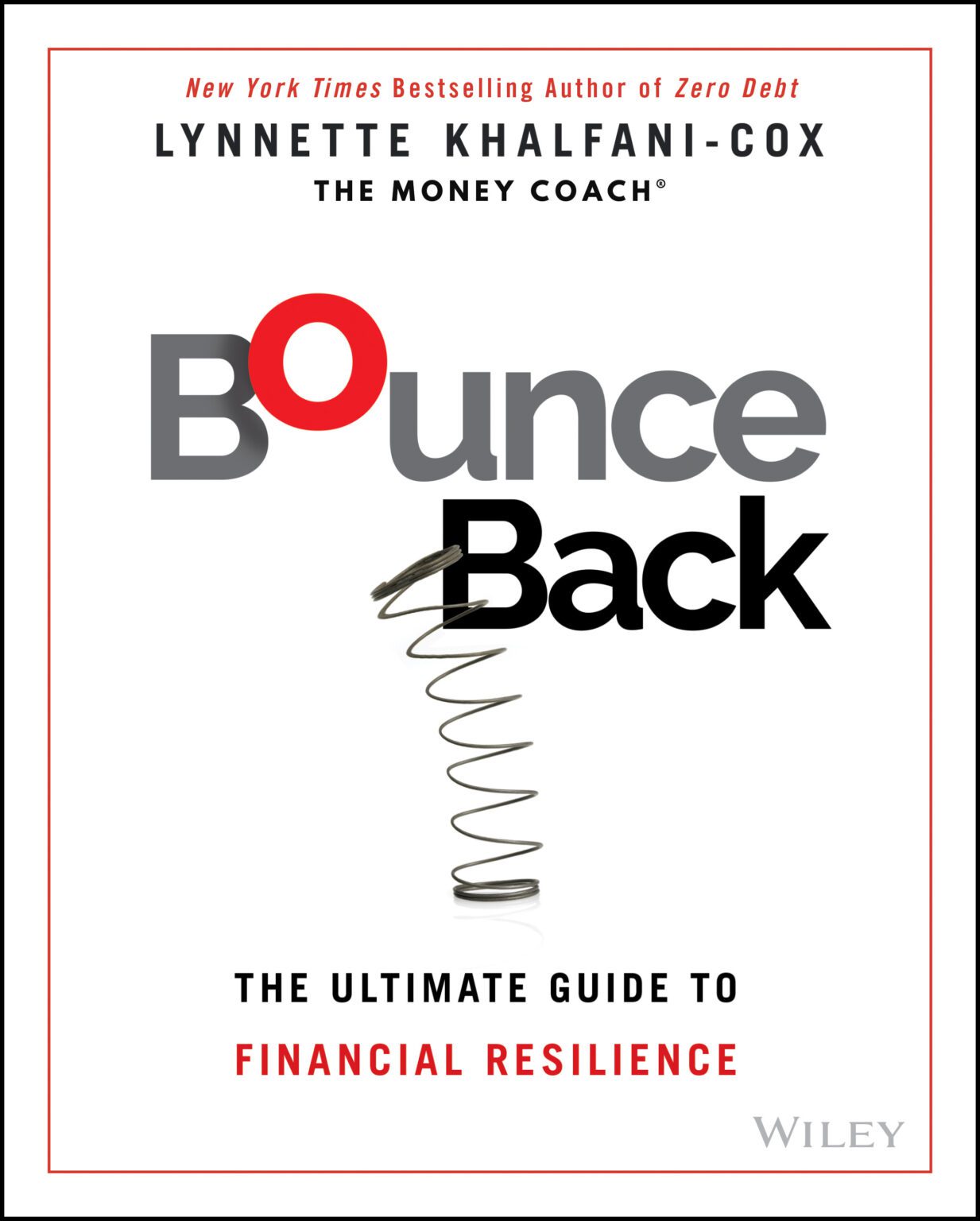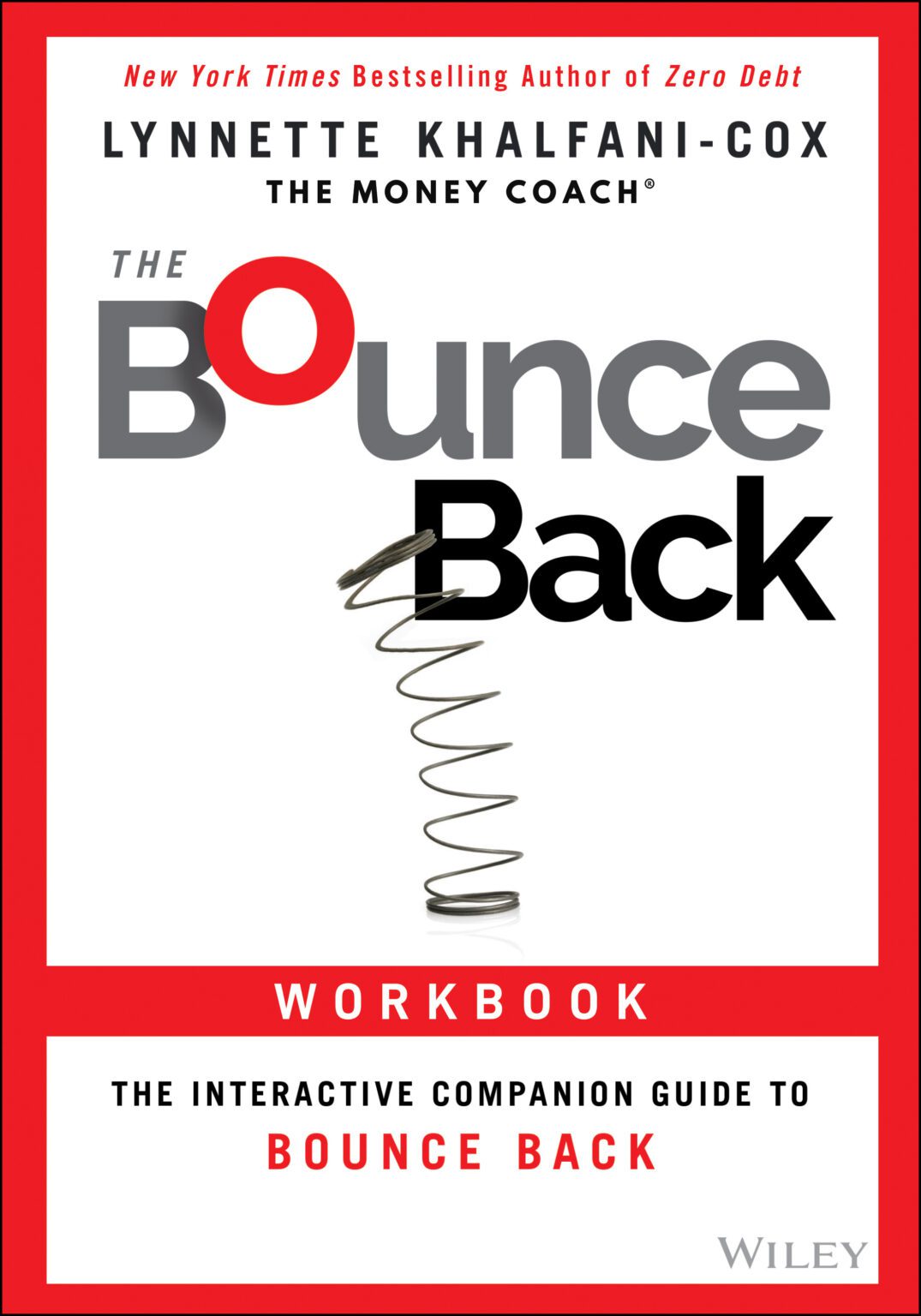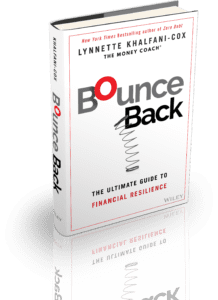The process of reading and deciphering your Equifax, Experian or TransUnion credit reports may seem daunting at first, especially when you have to pore over pages of listings about your credit accounts.
But you can easily master the information in your credit files, once you know what to look for, in terms of how your creditors are reporting information about your financial affairs.
Summary of Your Credit Accounts: The Good, The Bad, and The Ugly
The meat of your credit report will be a detailed listing of the opened and closed accounts that creditors have reported about you. In this section, you can find the following types of accounts (again, including current accounts or those you’ve had in the past):
- mortgages
- home equity loans/lines of credit
- credit card accounts
- charge cards
- department store or retail accounts
- personal lines of credit
- student loans
- auto loans
- medical-related debt
- personal loans/notes
- other accounts
Each account will be identified by an account name – meaning, the creditor you owe – and an account number. The first few digits or the last few digits of your account numbers are frequently omitted, to guard your privacy (Some credit reports even scramble account numbers).
So don’t worry initially about the account numbers too much, unless the account number, or the account itself, is totally unrecognizable to you. If you don’t recognize an account at all, you should dispute it with the credit bureaus.
What To Look For First In Your Summary of Accounts: Your Payment Status
For now, the most important information in this section of your credit reports are the “Status” references to whether you’ve paid your debts on time, or whether you’ve been late – and if so, how late. So this is where you should start as you delve into your account summaries.
Your payment history is shown on your credit reports as your “Account Status,” “Current Status,” “Pay Status” or just simply “Status.” Open accounts with no delinquencies will have these types of “Status” comments: “Pays as Agreed,” “Never Late,” or “Current.”
Closed accounts with a positive credit history will be noted as “Paid As Agreed,” or “Pays As Agrees.” Negative information will most commonly be stated as 30, 60, 90 or 120-day late payments.
Other negative comments include: “Collections,” “Settled,” or references such as “Paid, Was 60 Days Late”. If an account has been “charged off” or written off by a creditor as uncollectable, that fact will be noted too, typically along with the dollar amount charged off.
In short, any notation in your credit file that indicates that you did not pay your debts exactly as originally agreed will be viewed negatively by credit-scoring firms, and potential lenders.
The Dollar Balances Shown On Your Credit Reports
Other key data to examine pertains to the dollar amounts shown on each of your credit accounts. For each account, you should see summaries of the following:
-
Credit Limit/Original Amount
This number should reflect the amount of credit you were granted when the account was first opened.
-
High Balance
This figure should show the highest amount of credit you’ve ever used for each account.
-
Balance or Recent Balance
This dollar amount will indicate the last balance owed on this account, as reported by your credit grantor. Frequently, this information can be a month or so old. It depends on when you made your last payment, when your creditor reported an up-to-date balance to the credit bureaus, and when your credit report was actually pulled.
-
Recent Payment
This figure shows the most recent dollar amount that you paid on the account, as reported by a creditor.
-
Monthly Payment
For mortgage debt or installment loans, this number should show your normally scheduled payment amount. For revolving debt (i.e. credit cards), it will indicate your minimum payment due.
Time-Related Information in Your Credit Files
Additionally, your credit reports will contain time-related information about your accounts, namely how long they’ve been opened and when the most recent data about your payment history was collected. So expect to see:
-
Date Opened
This refers to the month and year in which you were approved for credit.
-
Reported Since
This date will be the first time the creditor began reporting an account to the credit bureaus. Sometimes this date will match the “Date Opened.” But in other instances, it could be a month or a few months later.
-
Date Reported, Date Updated or Date of Status
This refers to the most recent month and year that your creditor reported information about your account. For open accounts, it may be the current month, or it could be a month or two old. For closed accounts, it should be the date the account was paid off or closed.
-
Date of Last Activity or Last Reported
This date will correspond to the very last month that a creditor reported information about you, or updated something in your credit file.
Creditor Descriptions of Joint and Individual Accounts
Lastly, in examining your credit files, you will find descriptive information indicating the specific nature of your accounts, their repayment terms, and your level of ownership on each account. This data will be reported as:
-
Type or Type of Account
Home-related loans (including primary mortgages, home equity loans and any other loans based on real estate) will be described as “Mortgage.” Credit cards and charge accounts will show up as “Revolving.”
Student loans and car loans should be referred to as “Installment.” Certain retail charge accounts, at furniture stores for example, will be listed as “Open” accounts. Note also that sometimes, mortgage-related accounts such as home-improvement loans will be listed as “Installment” debt.
Home-improvement loans are sometimes categorized as “Installment” debt because with a home improvement loan, you get a lump sum, and pay it down over time, just like car loan or student loan. Also, just as with other installment debt, the balance on a home improvement loan doesn’t increase since you can not tap it again and again.
-
Terms or Term Duration
This describes the repayment length, or payoff term, associated with each account. Most primary mortgages, for instance, will be noted as “30 Years.” But if you had a shorter home loan, it could be shown as “15 Years.” The “Terms” for credit cards may be noted as “Monthly” or “Due Every Month.”
In some cases, credit card and charge accounts will have an “NA” notation, or may simply be left blank, in the “Terms” section. Lenders (and credit scoring firms) know that credit cards and charge cards are revolving accounts, and due every month, so having “NA” or a blank space in the “Terms” section will not harm you.
Installment loans should state your scheduled repayment length. For example, a five-year car loan will have “60 Months” listed as its “Terms.” A student loan with a 10-year payoff will have “120 Months” listed as its “Terms.”
Some credit reports also include the amount of your scheduled monthly payment in the terms section. For instance, a mortgage may be listed with the following Terms: “$2,580 for 360 Months.”
-
Responsibility or Account Owner
In this area, your creditors will typically describe the account in question as one of the following: “Individual Account,” “Joint Account,” “Authorized User,” “Participant on Account,” “Shared,” “Shared, But Otherwise Undesignated.”
Other Notations Contained In Your Account Summary Section
Other comments in your credit file to look out for are:
-
dispute statements
If you have disputed any information contained in your credit files, you will likely see a notation such as: “Account information disputed by consumer.”
-
account closure statements
These are typically described as either “Account closed at consumer’s request” or “Account closed by credit grantor.” Be sure these statements are accurate.
-
status notations and statements
These descriptions can be anything from “Open/Never Late” or “Open/30 Days Late” to “Closed/Paid As Agreed,” “Closed/Charged Off” or “Collections.”
When examining your credit history, don’t be alarmed if you see very old information in your credit file – unless it’s negative information that should have fallen off your credit report.
For open accounts with positive payment histories, these listings will remain in your credit file for as long as they are open. Once you pay off an account, or once it is closed, either by you or a creditor, that account will stay on your credit report for 10 years.
For instance, assume you opened a credit card account in 1999, then paid off the card and closed it in the year 2005. That account will remain on your credit report until 2015.
The presence of this account in your credit file is actually helping you, because remember, part of your credit score is based on the length of your credit history. The further back your credit history goes, the better it is for your credit score.








